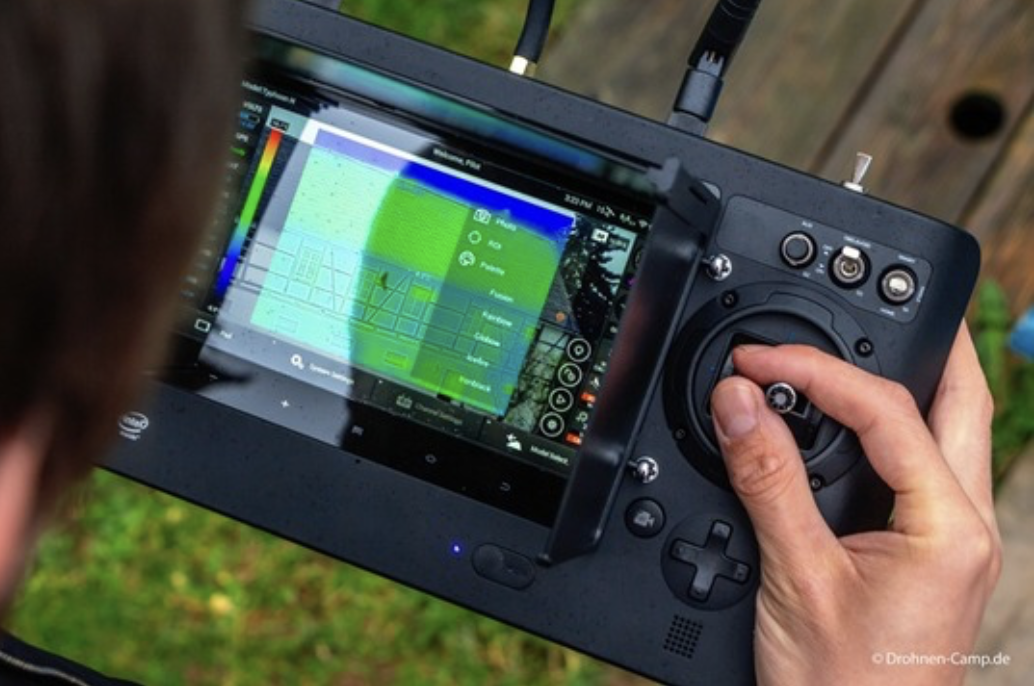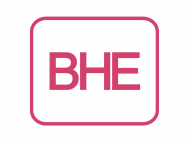- C1 classification lowers barriers: thermal imaging drones can be used more easily and with greater legal certainty
- Greater efficiency and safety: roof inspections, PV checks and energy consulting without great effort
The first C1 classification of a thermal imaging drone marks the beginning of a new era for the skilled trades: thermal imaging cameras can now be used much more easily and with greater legal certainty from the air. Roofers document roofs, energy consultants detect thermal bridges, solar installers inspect photovoltaic systems – without scaffolding, risk or great effort. Until now, however, many models were subject to strict regulations. The specialist and consumer portal Drohnen-Camp.de shows that the new C1 class removes key obstacles.
Legal obstacles removed
Until now, thermal imaging drones could only be used to a limited extent in the skilled trades: pilots had to obtain a ‘large drone licence’ (A2) and maintain minimum distances from uninvolved persons. In practice, this often meant that their use was hardly possible on construction sites or in densely built-up areas.
With the new DJI Mavic 3T Advanced in the C1 class, a thermal imaging drone is available for the first time that overcomes these restrictions. Companies can now easily use modern drone technology – without complicated distance regulations and without high qualification requirements.
What does the C1 classification mean?
The C1 classification is a Europe-wide seal of approval for drones. It confirms that a device meets certain safety and technical standards. For craft businesses, this means that flights become more legally secure and the bureaucratic effort is noticeably reduced.
Typical areas of application in the skilled trades
Many trades already use drones today – and the number of applications is growing:
- Digital roof measurements in a few minutes, without stepping on the roof
- Construction progress documentation through high-resolution aerial photos
- Thermography for detecting thermal bridges or damage to photovoltaic systems
All these applications have one thing in common: they save time, reduce costs and make work safer. Especially in times of skilled labour shortages and cost pressures, drones are becoming an indispensable tool in everyday work.
‘The C1 class is a real breakthrough for trades businesses. It lowers barriers, creates legal certainty and opens up completely new applications. Those who get on board now will secure clear competitive advantages,’ explains Francis Markert from the Drohnen-Camp.de portal.
An accompanying article shows at a glance the advantages of the new C1 classification and how craft businesses are already using drones in their everyday work.
From niche tool to everyday helper
The introduction of the C1 classification marks a turning point: drones are evolving from specialised devices to practical everyday helpers for craft businesses.
Further information in German and practical examples can be found at: https://drohnen-camp.de/drohne-waermebild-kamera/


